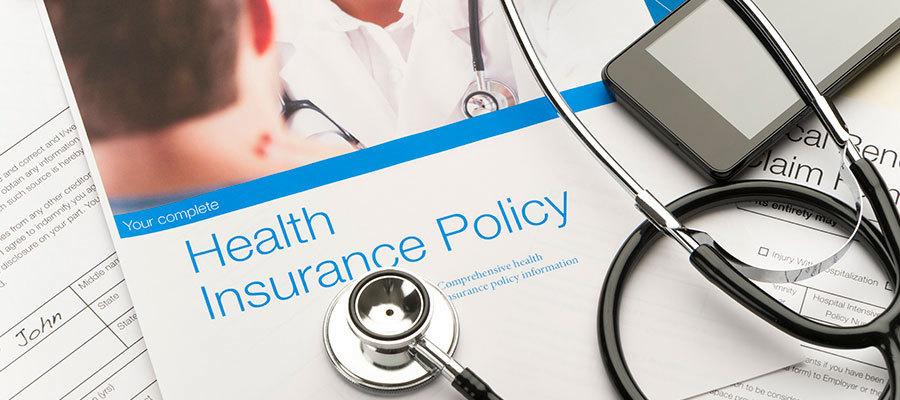Census: Uninsured rate climbs to 8.5% in 2018

An estimated 27.5 million U.S. residents (8.5%) lacked health insurance at some point in 2018, up from 25.6 million (7.9%) in 2017, the Census Bureau reported today. Public health coverage decreased by 0.4 percentage point, including a 0.7 point drop in Medicaid coverage and 0.4 point increase in Medicare coverage. Employer-based insurance remained the most common, covering 55.1% of the population. The percentage of uninsured children rose by 0.6 percentage point to 5.5%. The uninsured rate increased in eight states and fell in three.
Related News Articles
Headline
The Centers for Medicare & Medicaid Services Nov. 25 announced lower prices for 15 Medicare Part D drugs selected for the second cycle of negotiations…
Headline
The Advanced Research Projects Agency for Health announced Nov. 21 that it will fund up to $100 million in projects for quantitative measures of mental and…
Headline
Dan Peterson, CEO of behavioral health services at Sutter Health, and Matthew White, M.D., chair of the behavioral health service line at Sutter Health, share…
Headline
The Centers for Medicare & Medicaid Services released a bulletin Nov. 18 summarizing provisions from the budget reconciliation bill related to Medicaid and…
Headline
The Department of Homeland Security Nov. 17 published a proposed rule regarding “Public Charge Ground of Inadmissibility.” DHS proposed to…
Headline
The AHA and the Federation of American Hospitals Nov. 18 released a study conducted by Dobson | DaVanzo, underscoring the threat to patient care…

